1. these painted toes.
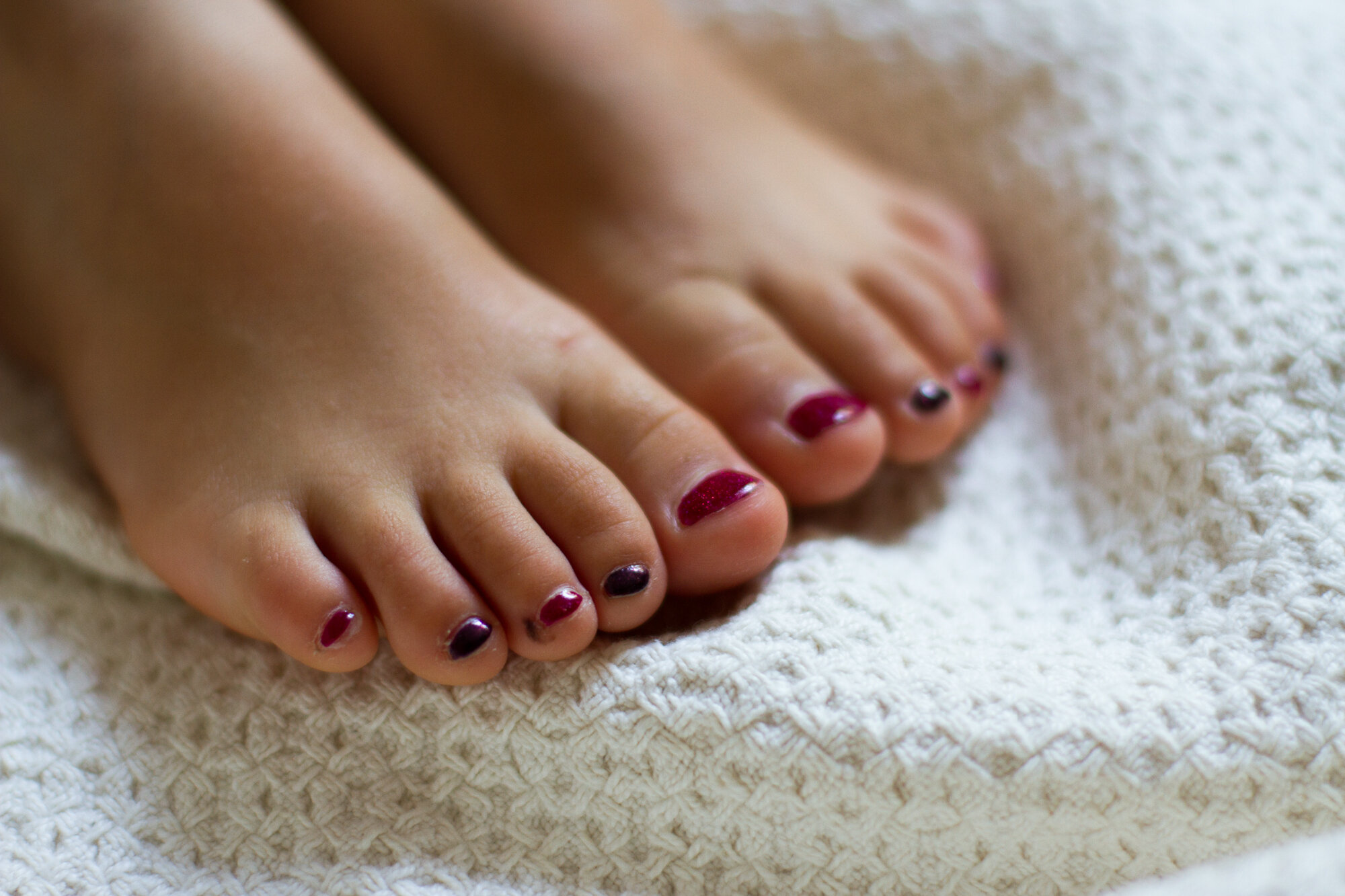
{and her dad’s for being painted, too.}
2. this bowl of “cheeries and strawbs.”

{petition to make the name change official.}
3. getting to try these pillow cases.
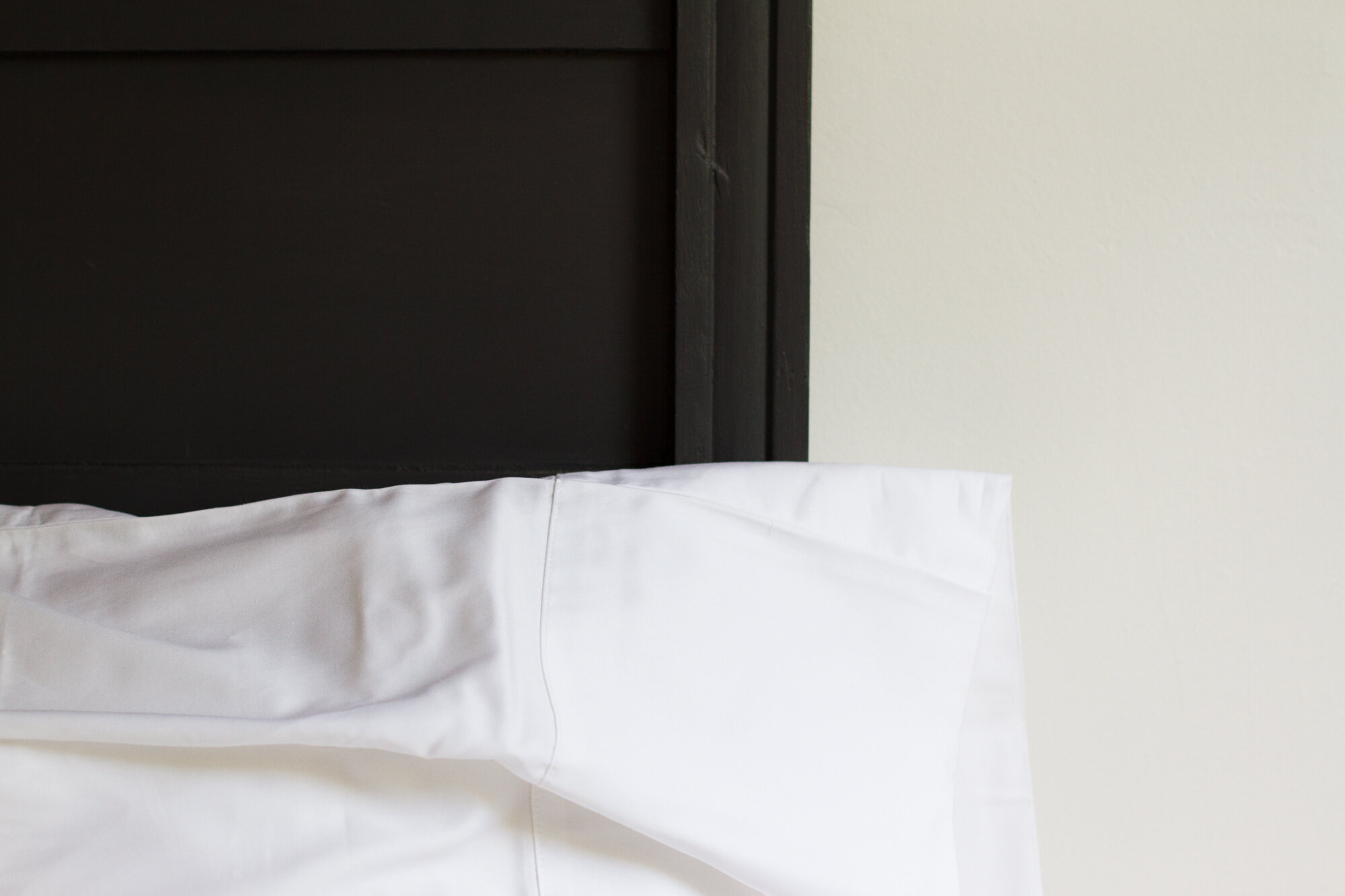
{and listen to a related morning chat about sustainability.}
4. these little houses.
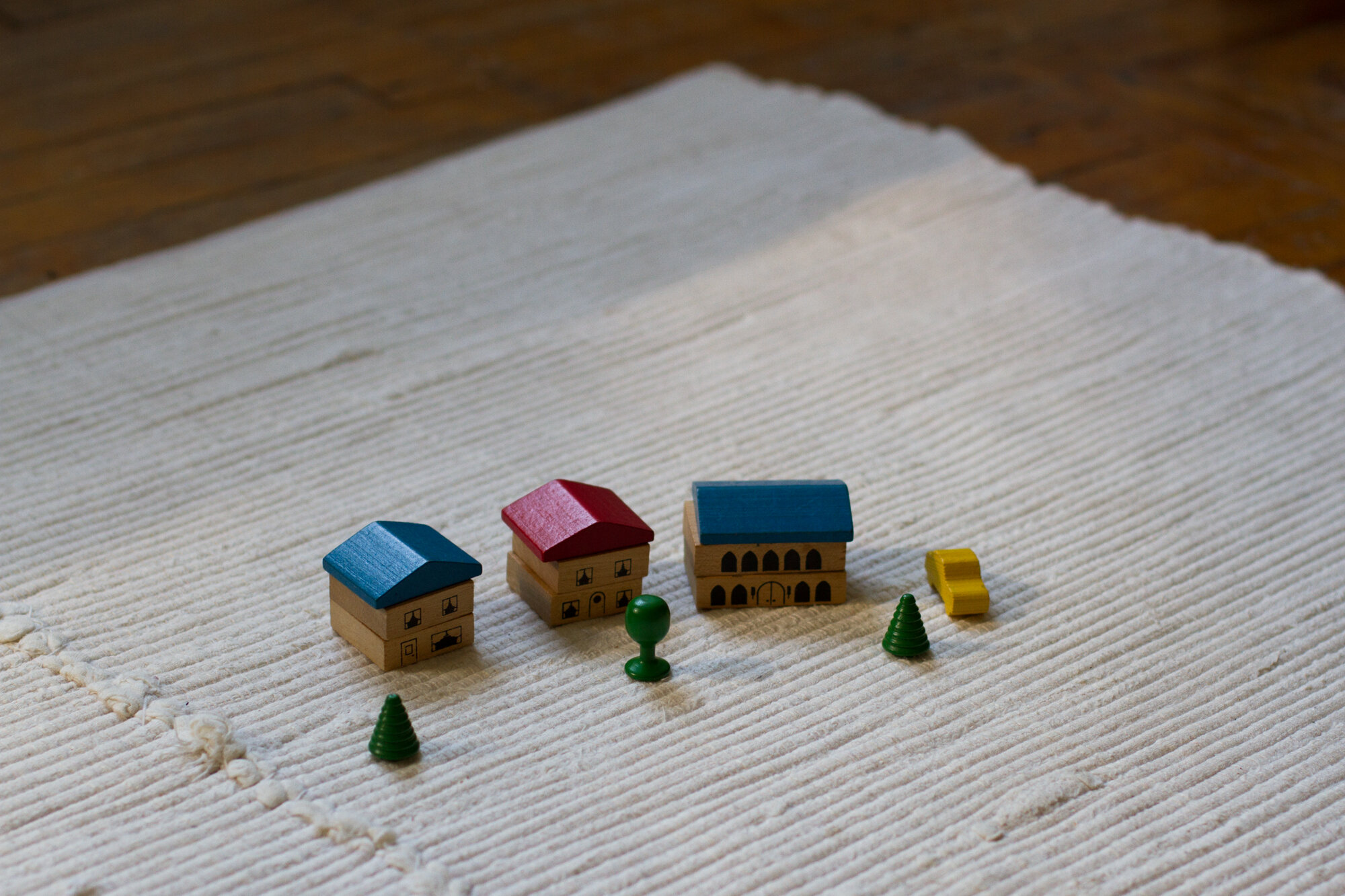
{and early morning light.}
5. this tote.
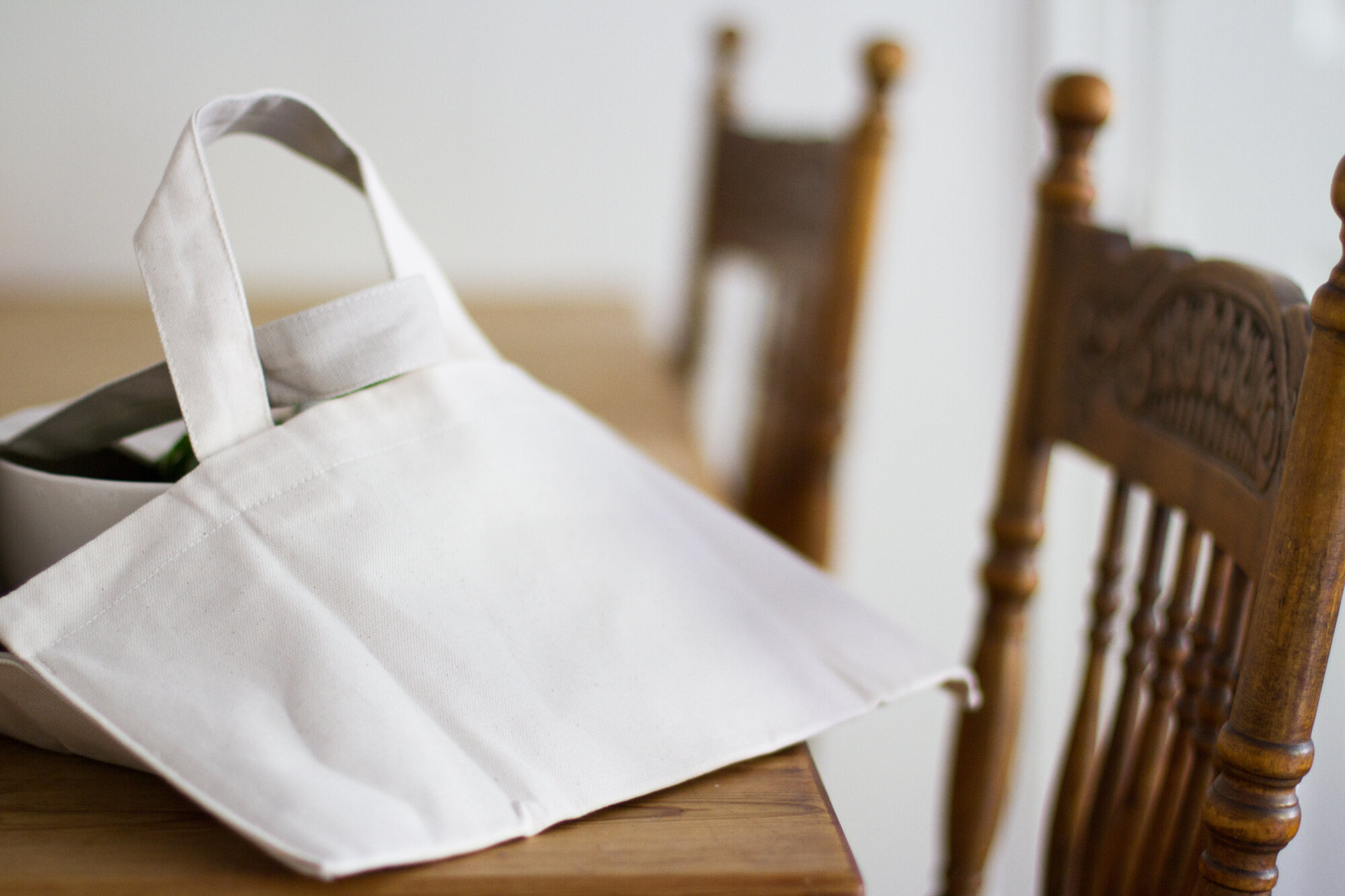
{for helping make dinner portable.}
other things:
the antidote to so much hateful rhetoric is bearing witness to the truth.
the image america shouldn’t need.
few people would mourn a snail.

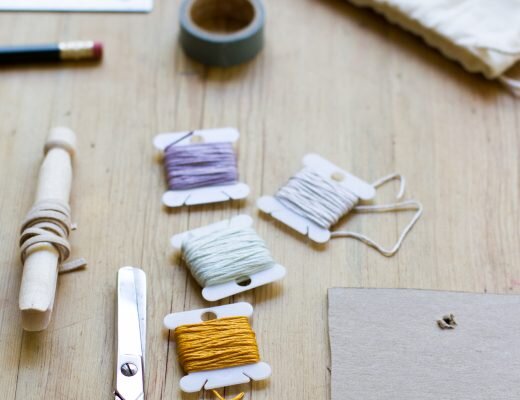
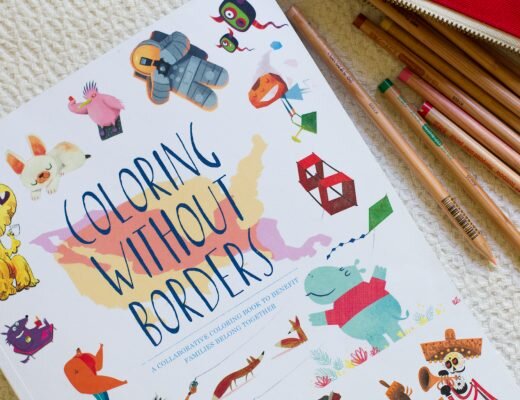
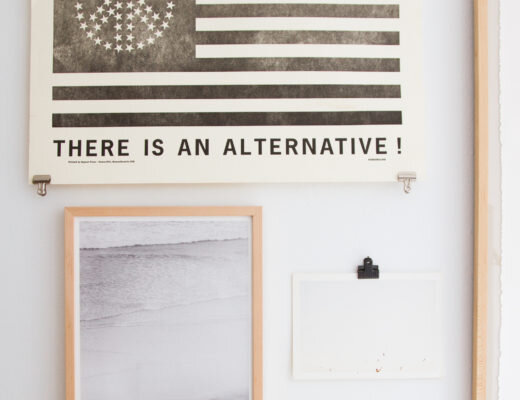
14 Comments
Those are the cutest strawbs!
Those little toes and the fact that dad has painted toes too is adorable ♥ Now I have a hankering for strawberries, yum!
Nicole Cliffe, who wrote the Alanis article, just raised 50k for RAICES!
My eldest always called blueberries “booberlies” which remains my favourite mispronunciation.
« I love my colorful nails »
Hi….
I have been wanting to say this for some time. I love your work, and have read it for years now. but I am finding it more and more unbearable to find such sensible and logic opinions as yours… along with things such as 170 dollar pajamas.
I mean… maybe it is because I live in Barcelona and our salary is… I don’t know… 1/3 of the average low in America?? But… really… is this what “responsable shopping” and “clean living” call for??
I will keep on reading you, because I like your approach to life, even if mine is… not so minimal. but the products you propose… will keep to astonishing me. I am so sorry the world is turning “clean” consuming into … “who the fuck can afford that??”
please excuse if my comments shows… well, my ignorance about your prices there. maybe it is all gone crazy, and I just don’t know it.
I understand the dilemma. Many of the clothes that I link to are expensive. We have a system of fast fashion and clothing manufacturing in which the cost of clothes has been artificially pushed lower and lower through large-scale exploitation of people and the environment. These are systemic problems and I don’t think any individual consumer should feel badly if these clothes remain out of their budget—no doubt for many people they do—but the cost of clothes like this nightgown, is the result of a huge number of choices in supply chain, materials, labor, quality, etc. I’ve touched on this many times in my posts and I understand that it’s not something that everyone is able to support financially, but if I’m going to champion a brand and send any potential readers their way, I want to make sure it’s a company that reflects my values in terms of worker compensation, quality, environmental impact, all the way down the line.
You are not alone in your observations. My friends and I have discussed this same issue some of them opting out of following this blog I’m sorry to say.
Maria’s not alone because of course it’s true that many of the clothes and products that I link to in this space are made with great care and come at not insignificant cost. It’s always my hope that folks will appreciate the reasons behind championing these kinds of products over others that while more affordable for us, the consumers, come at great cost to workers and the environment. I completely understand not being able to purchase these goods. As you know, there’s no cost to entry here and I welcome anyone to read whether or not a $160 nightgown is what you choose to or are able to buy.
I belong to the dual category of people that can’t afford most products highlighted on these pages, and makers of things that most people couldn’t afford if they were priced fairly. I think in today’s society we have forgotten that it was not long ago that clothes were expensive AF and only the rich owned more than one or two every day dresses and a Sunday dress, or even a new dress or a store bought dress. We need to remind ourselves that the modern garment production practices lowered the prices by moving the garment production to lower cost countries abroad (when the outcry over the appaling and inhumane work conditions in the garment industry became too loud and the logistics of producing garments in low cost countries became more reliable and less costly) and that even though we in relative affluent parts of the world could afford wearing ethical garment made in Vietnam, Cambodia, China or Bangladesh, the garment workers will still find them expensive AF and resort to either conventionally produced new clothes, second hand clothes or homemade clothes.
Right now I’m wearing a sweater I made of responsibly produced yarn, and a quick calculation indicates that it would have cost me roughly a months wages if I had bought it directly from the knitter, more if I had bought it from a store with responsible wages. (Admittedly, I fall into the the low wages category myself). Total cost for me: about the price of a sweater (+ maybe a child’s sweater) from H&M + 40 hours of unpaid work.
I will keep following Reading my Tealeaves because I admire those ethical companies and makers she highlights and I think they deserve being highlighted and receive recognition (and hopefully some sales from it). Will I ever be able to purchase any of it myself? Maybe not, but I still think they should be highlighted and I will keep pushing for conventional manufacturers to step up their sustainability game.
Ah, the little things. Some of the best parts of life. 🙂
Hi Erin,
Could you tell me where you found those sweet little wooden houses, trees and cars?
Many Thanks
Lynnette
They were part of set my sisters and I had when we were little! They’re actually from the 1950s! We eventually found more train track by searching on eBay for Playskool Skaneateles train tracks. I’m not finding the little houses etc. right this minute, but maybe that info will lead you to something eventually! Will let you know if my mom knows more!
Really liked the wooden houses!
Comments are moderated.